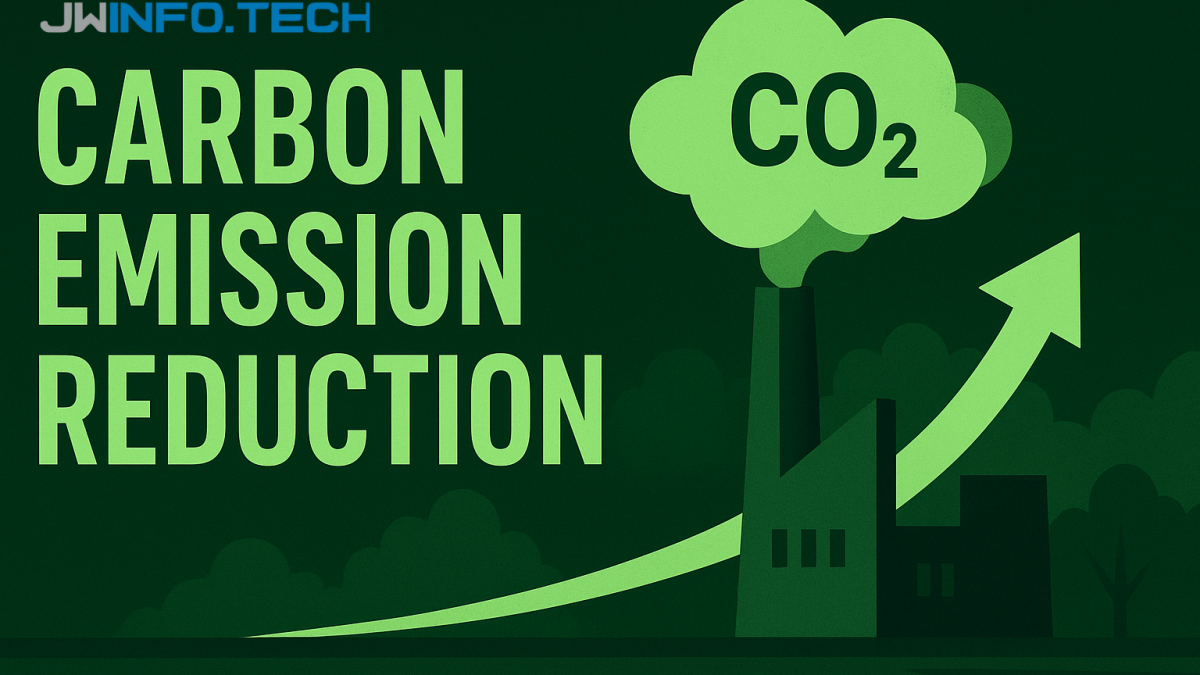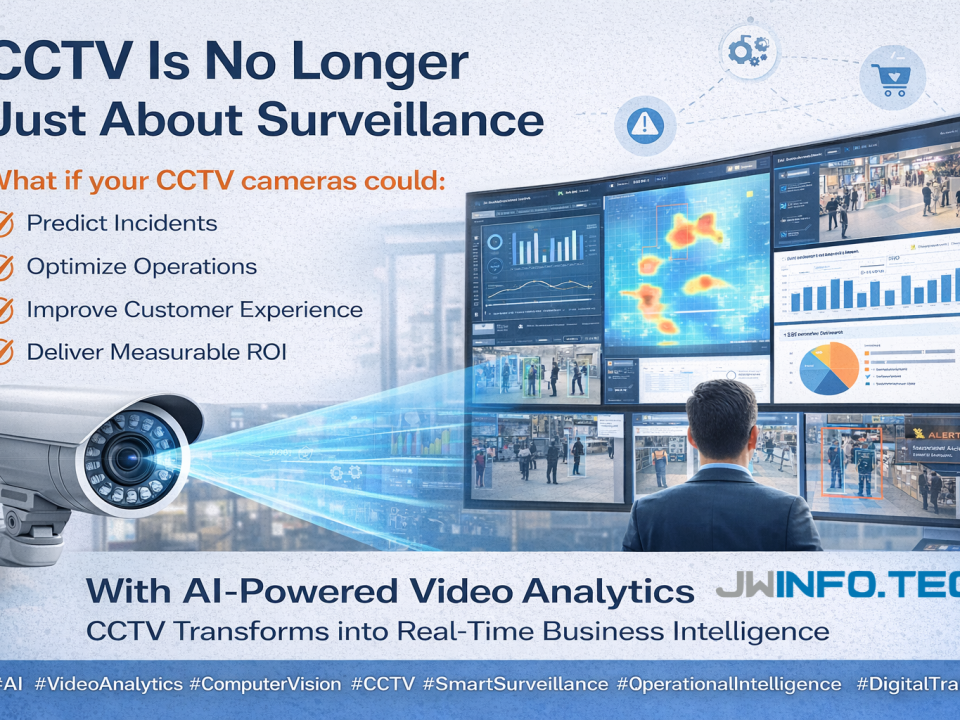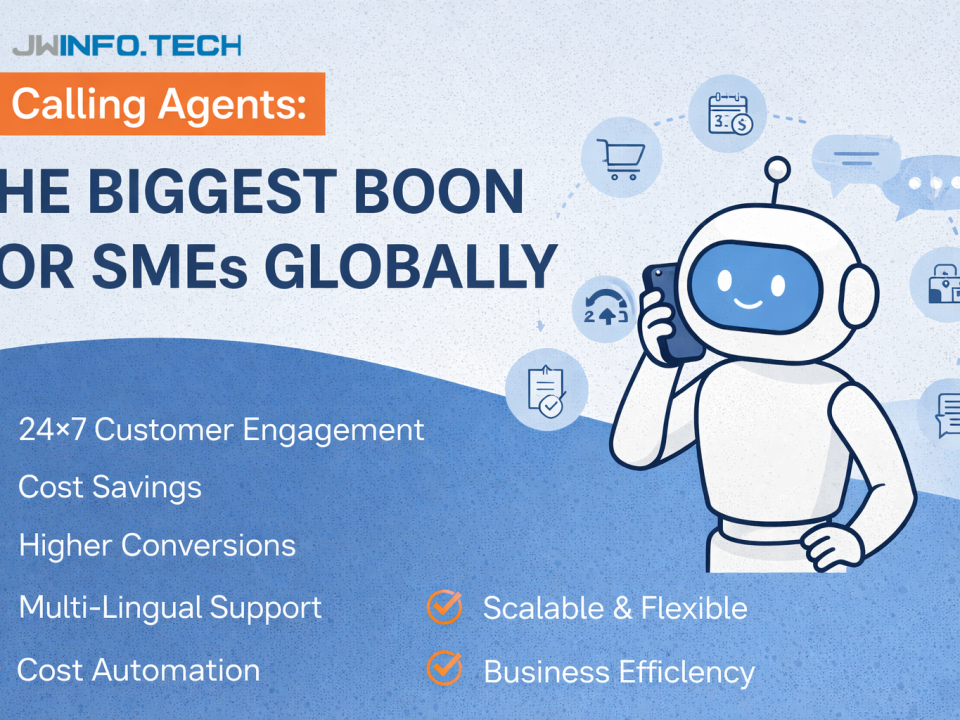Reinventing Carbon Markets with AI: A JW Infotech Perspective on Carbon Reduction Innovation

Transforming SME Food & Beverage Manufacturing with AI: A JW Infotech Case Study
October 1, 2025
AI for SME Manufacturing: How Small Producers Are Becoming Smart Factories
October 15, 2025Case Study: AI Innovations in Carbon Markets & the Shift in Carbon Reduction
Introduction & Context
Carbon markets (both regulatory and voluntary) have emerged as a central mechanism for driving emissions reductions by assigning economic value to carbon credits. However, these markets face persistent challenges: lack of transparency, measurement and verification doubts, low liquidity, and risks of fraud or greenwashing. Recently, artificial intelligence (AI) has begun to play a decisive role in addressing these weaknesses, fostering a shift in how markets operate and how carbon reduction is effected.
This case study frames a hypothetical (but realistic) engagement by JW Infotech entering the carbon markets domain, illustrating roles, strategies, outcomes and risk mitigations.
Challenges in Carbon Markets
Key pain points in current carbon markets include:
- Inaccuracy & unverifiable credits — Many projects overestimate emissions reductions or use weak baselines, leading to questionable credit integrity.
- Manual verification processes — Field audits, remote sensing checks, and paperwork slow issuance and increase costs.
- Opacity & information asymmetry — Buyers struggle to discern credit quality, leading to discounting, uncertainty, or distrust.
- Volatility & unpredictable pricing — Carbon credit prices fluctuate widely, making planning difficult.
- Limited market participation & liquidity — Small projects struggle to list, and markets often remain illiquid.
These issues reduce incentives to invest in genuine emission reduction or removal projects.
Proposed Solution by JW Infotech: AI-Enabled Carbon Market Platform
JW Infotech’s approach is modular and designed to lower the entry barrier for carbon projects while improving credibility and efficiency in trading.
Core components:
- AI-Driven Carbon Quantification & Monitoring
Use satellite imagery, remote sensing, IoT sensors (soil, vegetation, CO₂ flux), and historical climate data to build ML models estimating carbon sequestration or avoidance. AI can distinguish land-use changes and detect potential leakage. (This approach aligns with frameworks proposed in recent literature on AI in carbon credit markets.) - Automated Verification & Fraud Detection
Using anomaly detection and pattern recognition, AI flags suspicious projects or manipulated baselines. This adds another layer of assurance to human audits. - Credit Pricing & Forecasting Module
ML models ingest macroeconomic, regulatory, climate, policy, and project-level features to forecast credit prices, helping buyers and sellers make smarter trades. - Smart Contract & Tokenization Layer
Integration with blockchain or smart contracts to automate issuance, retirement, and traceability of credits. This ensures transparent tamper-evident audit trails. (Many studies posit this as the natural complement to AI in carbon markets.) - Intelligence & Reporting Dashboard
A unified interface for project developers, buyers, regulators, and investors to view verified emissions metrics, credit ratings, forecasts, and alerts.
Roles & Responsibilities (Multi-Role View)
- Chief Sustainability Officer / Carbon Strategy Lead
Sets carbon goals, defines the criteria for projects, liaises with environmental regulators and ensures alignment with corporate net-zero or climate strategy. - Data & AI Lead / ML Engineer
Builds and validates the models for carbon estimation, price forecasting, anomaly detection, and ensures model robustness, bias checks, and drift monitoring. - Project Developers / Carbon Project Operators
Owns field operations (e.g. reforestation, soil carbon, blue carbon), installs sensors, harvests data, and ensures field-level compliance with protocols. - Verification & Audit Partner / Third-party Auditor
Uses AI outputs to streamline audit tasks, focus on flagged items, and validate methodologies. Their role is progressively augmented by AI but still essential. - Platform / Product Manager
Designs the user experience, integrates smart contracts or blockchain, and devises monetization or subscription models. - Marketplace / Trading Desk / Financial Analyst
Uses price forecasts and risk models to advise on when to buy, sell or retire credits, managing liquidity and hedging strategies.
Implementation Roadmap
- Pilot Stage (6 months)
- Select one or two pilot project types (e.g. reforestation, regenerative agriculture)
- Deploy sensor networks and remote sensing pipelines
- Train baseline verification and anomaly detection models
- Launch mini-marketplace for these credits, with price forecasting module
- Expansion Stage (12–18 months)
- Onboard multiple project types (soil carbon, blue carbon, avoided deforestation)
- Scale smart contract issuance, integrate with existing registries
- Add verification partner modules and feedback loops
- Introduce advanced trading tools (options, derivatives)
- Maturity Stage (beyond 18 months)
- Mature liquidity and cross-registry interoperability
- Expand to global markets
- Build a reputation scoring / rating system for credits
- Integrate AI proposals for dynamic baseline updating and leakage modeling
Expected Outcomes & Metrics
With successful deployment, JW Infotech’s platform may drive:
- Higher market confidence & lower discounting — better credit quality perception leads to narrower spreads.
- Faster issuance times — automated verification shortens the time from project to credit listing.
- Improved liquidity — easier access and trust brings more participants.
- More accurate baseline & leakage modeling — reducing overestimation and ensuring real reductions.
- Reduced verification costs — human audits focus only on flagged anomalies.
- Better price discovery & risk management — forecasting helps buyers and sellers plan and hedge.
In aggregate, these shifts help carbon markets function more efficiently, enabling more capital to flow into genuine emission reduction or removal projects.
Case Example & Research Evidence
- GreenIQ: A recent research platform that uses AI agents and LLMs to deep search and automatically generate carbon market intelligence reports. It reduced research processing time by ~99.2% compared to traditional methods.
- Academic reviews underscore that AI can optimize emission monitoring, trading efficiency, and regulatory compliance in carbon markets.
- Studies also highlight that AI-driven quantification and fraud detection can materially increase trust and integrity in carbon markets.
Risks, Mitigations & Governance
- Model bias, drift, and interpretability
Use explainable AI, periodic recalibration, human oversight. - Data scarcity or low ground-truth
Combine remote sensing, ground sampling, and proxy models. - Regulatory misalignment or protocol changes
Stay agile, modular design, versioning, and compliance fallback workflows. - Blockchain & smart contract security
Audit contracts, use proven standards, build rollback mechanisms. - Over-reliance on AI (black box traps)
Maintain a human-in-the-loop system especially for high-stakes decisions
Conclusion & Strategic Insights
AI is shifting carbon markets from manual, opaque, and slow systems into more dynamic, credible, and scalable platforms. For organizations willing to invest in this infrastructure, AI-enabled carbon markets can accelerate capital into genuine emission reduction projects, reduce friction, and restore trust among stakeholders.
This is not a distant vision, but a reachable direction now supported by emerging platforms and academic validation.



